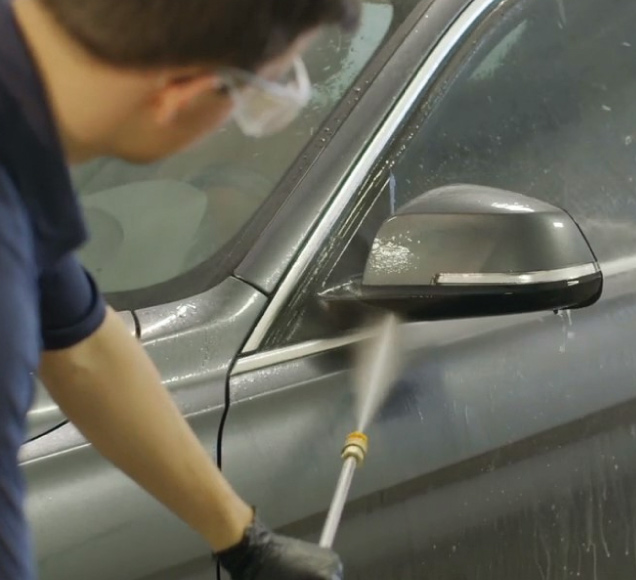SUMMIT SUPER COMPOUND
STAGE 1
PRODUCT CODE: 814
AVAILABLE SIZES:

Join our newsletter list to get the latest news and updates.
COMPLEMENTARY PRODUCTS
TYPICAL DATA
APPEARANCE: Light white viscous cream.SPECIFIC GRAVITY: ~1.06 g/ml
ODOUR: Slight solvent odour.
PH: ~ 8.0
SOLUBILITY: Partially water soluble.
% NON-VOLATILE: ~26
VISCOSITY: 15,000 ± 2,000 cps
Benefits
- Removes deep scratches, overspray, and heavy oxidation; minimum of 1000 grit sanding scratch
- Diminishing Abrasive Technology (DAT); mirrored, high gloss finish to both fresh and old paint
- Stage one of a two-stage process; follow by SUMMIT SUPER POLISH
- Use with a rotary polisher at 800 to 3,000 RPM and the appropriate cut level pad
- Ready to use, do not dilute
- Low dust formula for easy usage and clean up
SAFETY DATA SHEETS
Downloads
Videos
Introduction to Detailer Training Series Course
When detailing a vehicle, producing results correctly, safely, and effectively is crucial, especially in the professional detailing industry.
FREQUENTLY ASKED QUESTIONS
Lack of gloss on a painted surface results from three factors: (1) Oxidation of the exterior paint layer. Oxidation is the dulling of the painted surface that occurs when the sun’s ultraviolet rays deplete the paint’s natural oils and resins. (2) Scratches in the exterior paint layer. Scratches prevent light from reflecting uniformly from the painted surface, which limits gloss. In order to restore gloss, oxidation and scratches must be removed. (3) Lack of a protective coating on the exterior paint layer.
Once the surface is free of oxidation and scratches, and any swirl marks caused during buffing are removed, it is recommended to apply a wax or paint sealant to protect the surface against further oxidation and to intensify gloss.
The two-stage compounding and polishing system, using SUMMIT SUPER COMPOUND and SUMMIT SUPER POLISH, safely and effectively removes scratches and oxidation from a vehicle’s exterior painted surface. SUMMIT SUPER COMPOUND is first used to remove deep scratches, overspray, and heavy oxidation; and is followed by SUMMIT SUPER POLISH to eliminate finer paint surface defects and leave a mirrored glossy finish.
Swirl marks are light, circular scratches in the painted surface often caused by buffing with a compound. As the compound cuts away the oxidized paint layer and reduces the depth of deep scratches, light scratches typically remain, especially shown on darker colours. Safely and effectively remove swirl marks using SUMMIT SUPER POLISH. For a one-step polish and wax option, use 50/50 ONE STEP.
Diminishing Abrasives Technology (DAT) are abrasives that break down in physical structure, as they are applied. This technology is commonly used for compounds and polishes, designed for use on vehicle’s exterior painted surfaces and lamps to remove imperfections and restore gloss. Both compounds and polishes are typically formulated using an emulsion of water, solvent, surfactants, shine agents, and abrasives; compounds’ abrasives are larger, while polishes’ abrasives are finer.
Commonly, compounds, polishes, and waxes are designed for standard, glossy finish exterior painted surfaces. Only use products developed specifically for vehicles with matte exterior paint. Usage of products, designed for standard glossy finishes, can alter the look of the matte finish. It is not recommended for SUMMIT SUPER COMPOUND, or SUMMIT SUPER POLISH to be used on matte paint finishes.
Tailpipes (exhaust tips) are susceptible to carbon build-up, further to the typical dirt and grime accumulated. Carbon is emitted from engines’ internal combustion and is solidified and baked onto the tailpipes due to the heat generated, leaving a black ring around the edge. To remove the carbon, begin with a rim cleaner such as BRILLIANT, FLAME, or RIM CLEANER. Use steel wool to agitate the cleaner, by hand. Follow with SUMMIT SUPER COMPOUND, either by hand or using a rim cone on a rotary polisher, depending on the space available around the tailpipe(s).
Acid rain is etched in the painted surface caused by rainwater containing acid that accumulates on the vehicle's horizontal painted surfaces. As the water evaporates, the nitric and sulfuric acid remain and attack the paint. To repair the acid rain damage, use the two-stage compound and polish paint correction method, using SUMMIT SUPER COMPOUND and SUMMIT SUPER POLISH. Before paint correction techniques are applied, ensure to use an alkaline cleaner (with a pH above 7.0) to neutralize the area of application.
Direction Of Use
- Shake well before use.
- Wash the painted surface, to remove dirt and road grime, with a Vehicle Wash Soap.
- Spread SUMMIT SUPER COMPOUND evenly over the pad surface and position the pad on the vehicle surface. 4. Start the polisher machine.
- With steady pressure, work over the surface with a rotary polisher at 1,000 to 1,500 RPM until the sanding marks and imperfections in the paint are removed.
- Remove residue with a microfiber cloth.
Specifications
- Ready to use
- Environmentally Friendly
- Body Shop safe
- V.O.C. Compliant
- Electric/Hybrid Vehicle Friendly
- Water Based
- Silicone Free
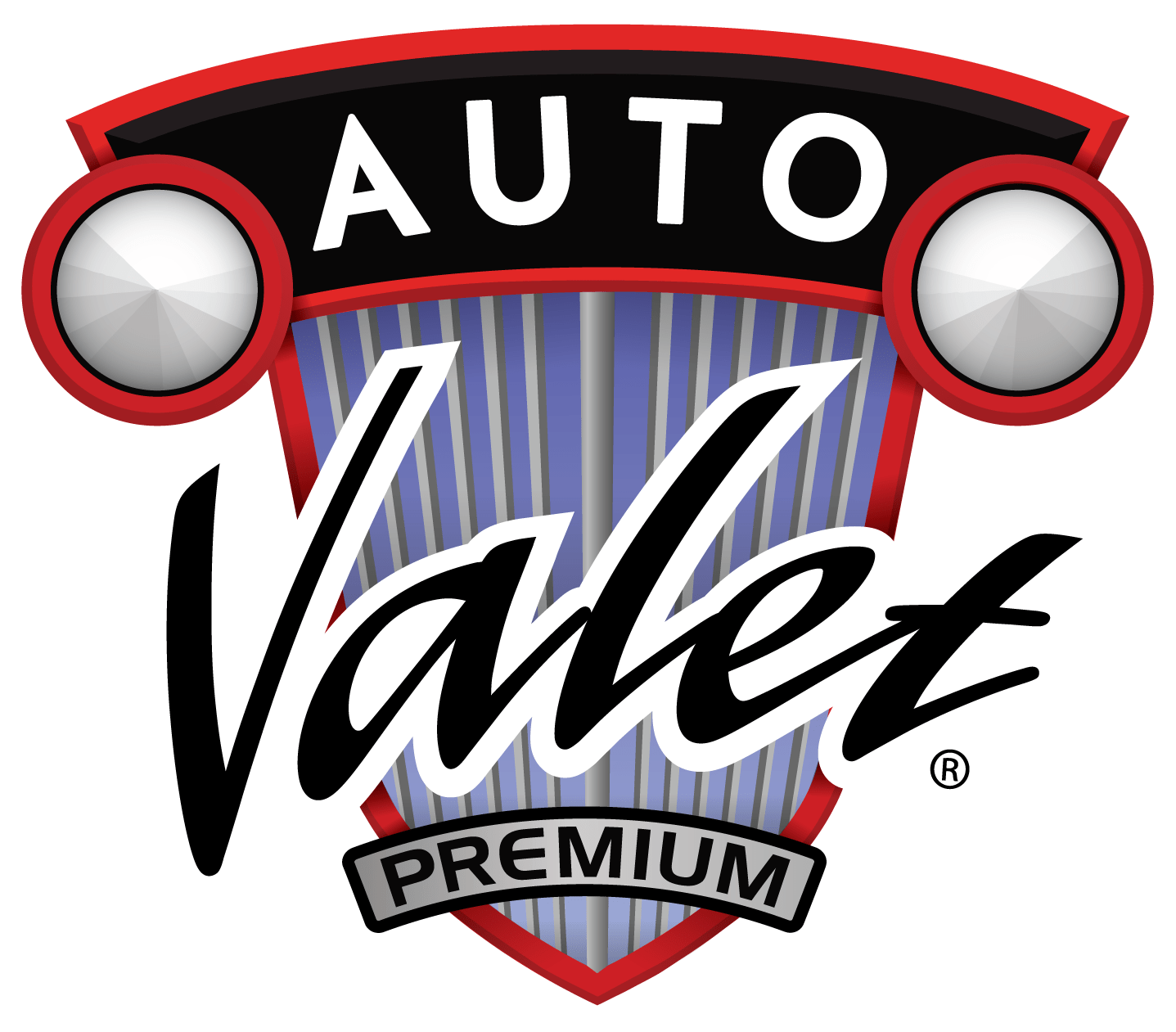

.jpg)
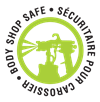


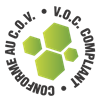
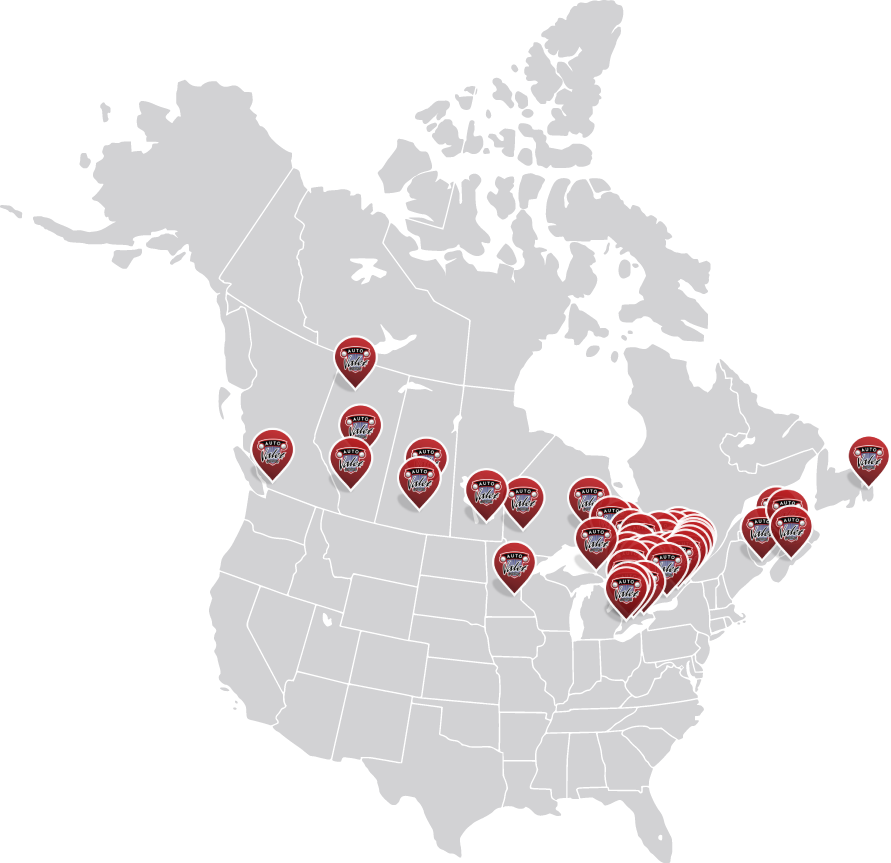
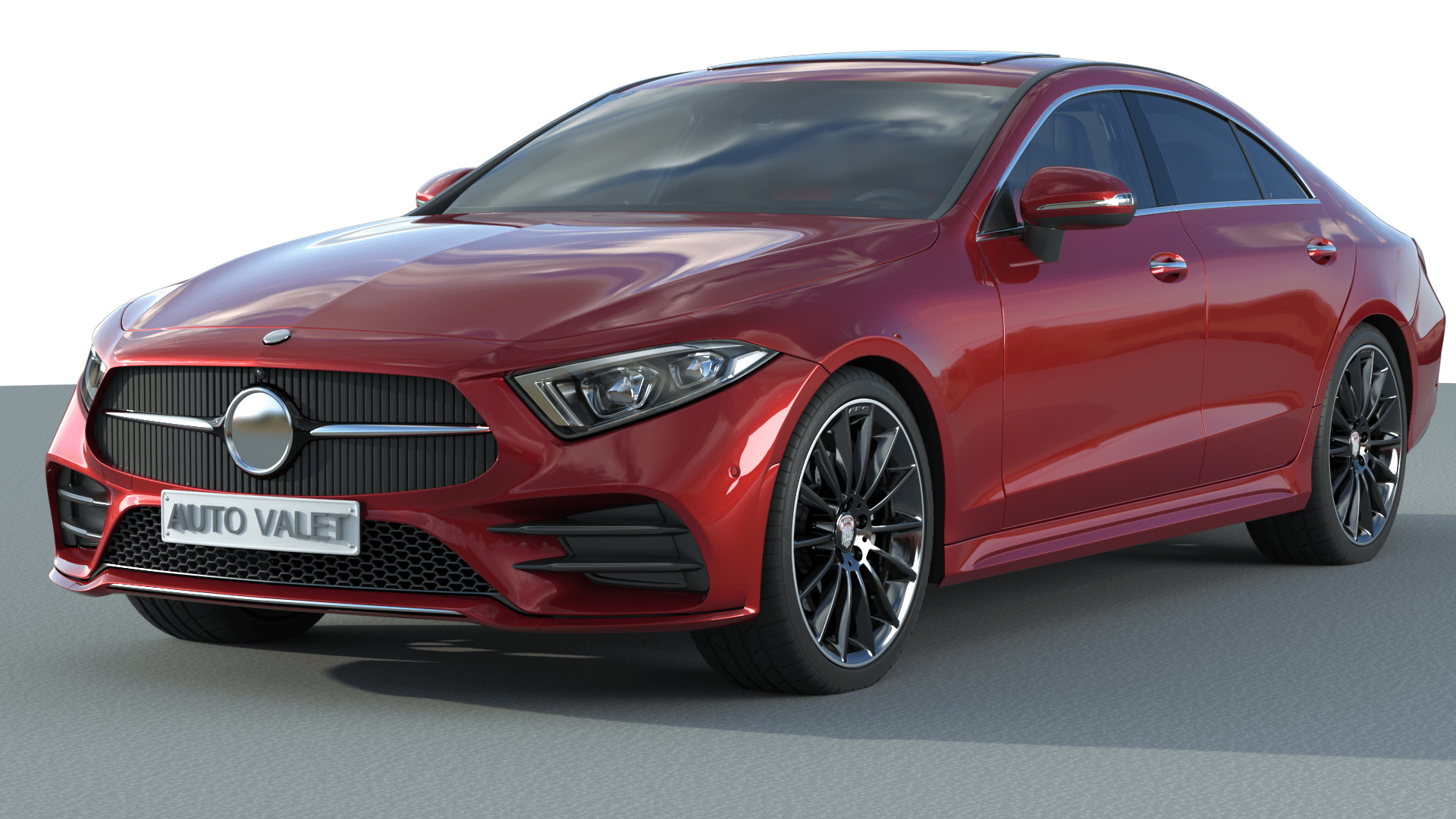

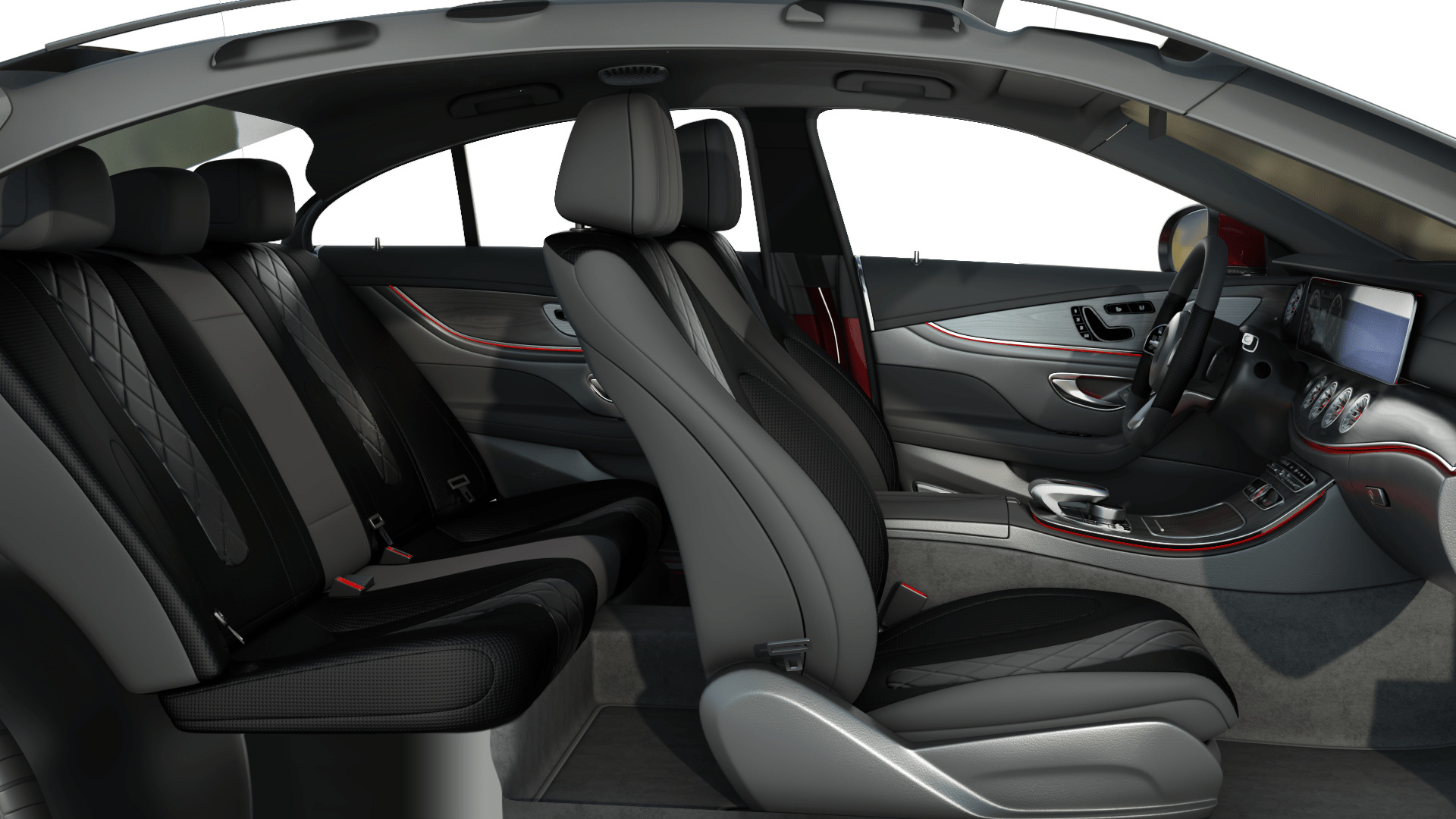
.jpg)
.jpg)
-(web).jpg)
-(web).jpg)
-(web).jpg)
-(web).jpg)
.jpg)
.jpg)
.jpg)
-(web).jpg)
-(web).jpg)
-(web).jpg)
.jpg)
.jpg)
-(web).jpg)
-(web).jpg)
.jpg)
.jpg)
-(web).jpg)
.jpg)
-(web).jpg)
-(web).jpg)
-(web).jpg)
.jpg)
-(web).jpg)
-(web).jpg)
-(web).jpg)
-(web).jpg)
-(web).jpg)
.jpg)
